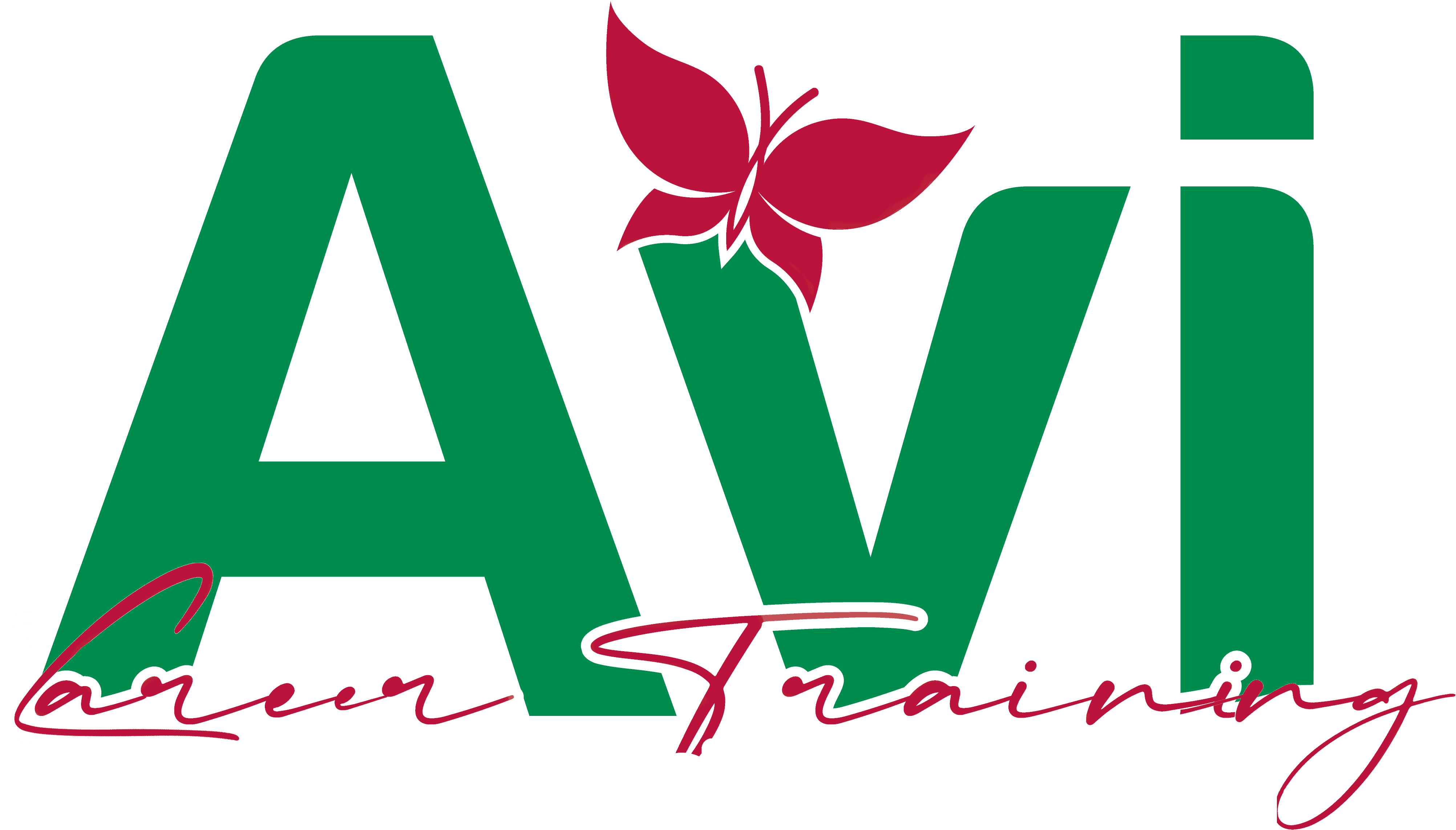Esthetician School near Dunn Loring, VA
Beauty Industry Training For Students From Fairfax County
The demand for skilled skincare professionals is growing, and an esthetician school education is your entry point. If you’re from the Dunn Loring area and passionate about esthetics, discover how our program provides the foundational beauty industry training needed to embark on a fulfilling career in VA.

reviews
What our customers say

Choosing Our Esthetician School Serving Students from Dunn Loring
Details: Esthetician School Serving Students From Dunn Loring
Finding the right beauty school environment is important for your learning experience. At AVI Career Training, we cultivate a supportive atmosphere where students from Dunn Loring can thrive. Our instructors are professionals who are passionate about sharing their expertise in skin care education.
We provide thorough esthetics education designed to transform your interest into professional capability. AVI Career Training takes pride in preparing students from the Fairfax County region for rewarding careers. Your successful transition into the esthetics field is our priority.

Enrollment: Esthetician School serving students from Dunn Loring
Joining our esthetician school program is a clear path for aspiring professionals from Dunn Loring:

Ready to get started?
View More About Cosmetology
About AVI Career Training
Get a Free Consultation
Program Details: Esthetician School Serving Students From Dunn Loring
The esthetician course at AVI Career Training equips students from Fairfax County with essential practical skills. You’ll learn to perform various facial treatments, different types of waxing, body wraps, and makeup application through hands-on practice. Training utilizes standard industry equipment like facial steamers, magnifying lamps, and high-frequency units.
Our esthetic licensing program curriculum incorporates skin analysis, ingredient knowledge, client safety, and sanitation protocols mandated in VA. This thorough skin care therapy training prepares students from Dunn Loring not only for the basic esthetician license exam but also for the day-to-day realities of the profession.

Is there a specific dress code or uniform required for students?
Are part-time or evening esthetics program options available?
What is the job market outlook for estheticians in VA?
Does the esthetician training include any internship opportunities?
How does the program teach effective client consultation skills?
Can I get financial aid for this beauty school program?
Local Resources
Useful links for Dunn Loring, VA
Useful Links
Here are some beauty-related links:
